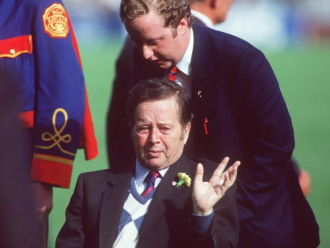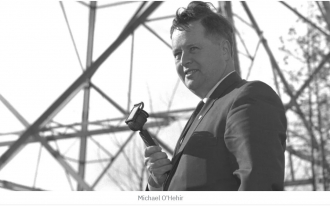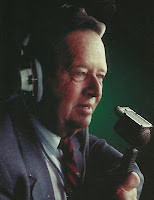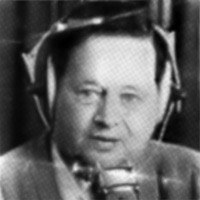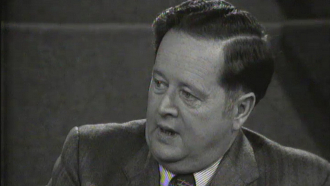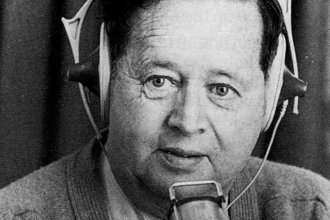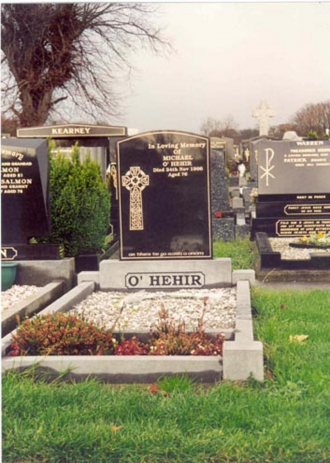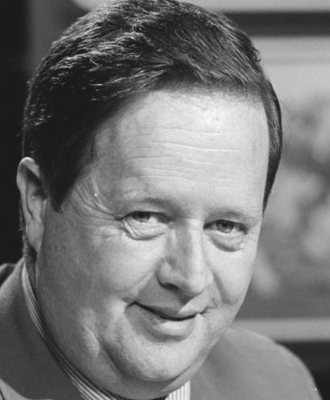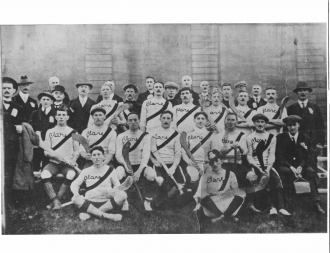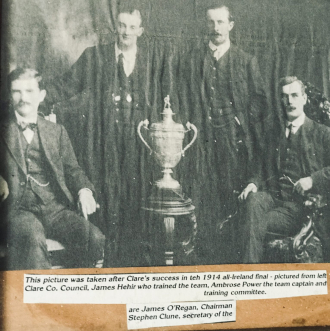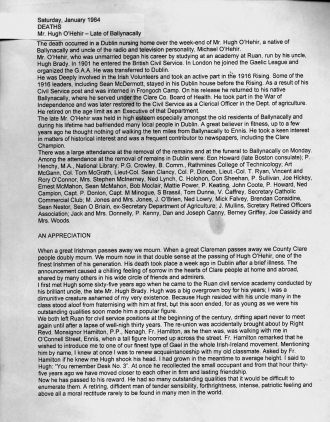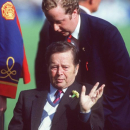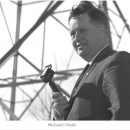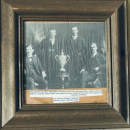O'Hehir Family History & Genealogy
O'Hehir Last Name History & Origin
AddHistory
We don't have any information on the history of the O'Hehir name. Have information to share?
Name Origin
We don't have any information on the origins of the O'Hehir name. Have information to share?
Spellings & Pronunciations
We don't have any alternate spellings or pronunciation information on the O'Hehir name. Have information to share?
Nationality & Ethnicity
We don't have any information on the nationality / ethnicity of the O'Hehir name. Have information to share?
Famous People named O'Hehir
Are there famous people from the O'Hehir family? Share their story.
Early O'Hehirs
These are the earliest records we have of the O'Hehir family.

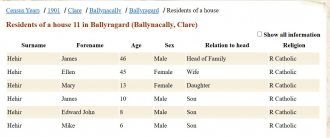

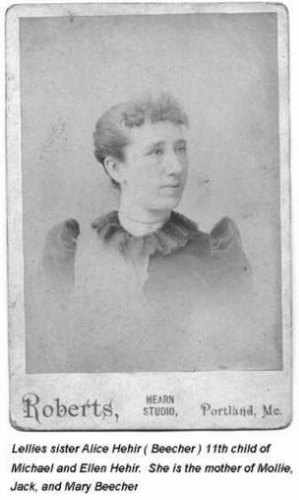

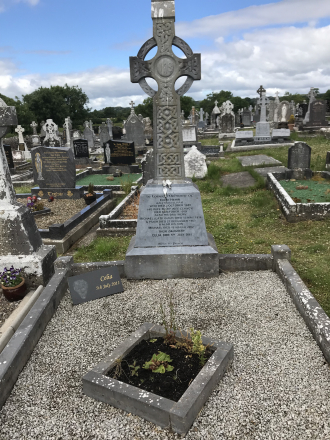

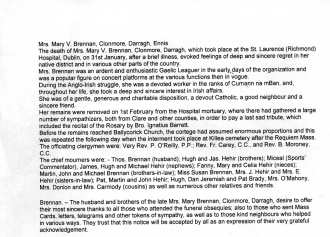

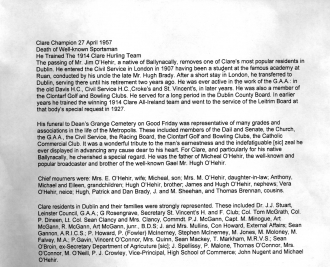









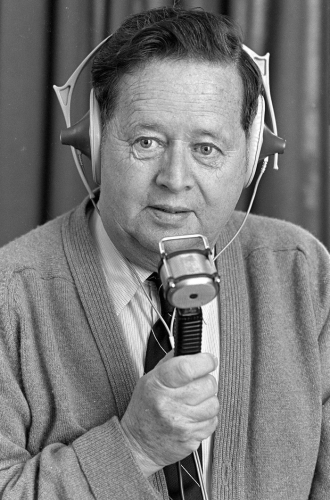
O'Hehir Family Photos
Discover O'Hehir family photos shared by the community. These photos contain people and places related to the O'Hehir last name.


Gender Male
Marital Status Single
Age 17
Birth Date 1884
Birth Place Co Clare
Residence Date 31 Mar 1901
House Number 18
Residence Place Ruan Commons, Ruane, Clare, Ireland
Relation to Head Nephew
Occupation Scholar
Religion Roman Catholic
Language Spoken English
Literacy Read and write
Household members
Name Age
Hugh Brady 57
Hugh Shelin 17
Thos Hall 9
Close

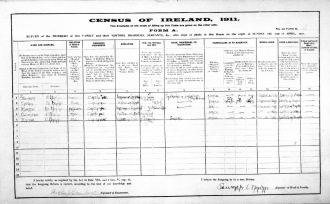
Note the name O'Hehir is written in the Gaelic as are the forenames. Hugh and James are not present. Hugh had begun his Civil service in 1901, and James had begun his Civil Service in London in 1907.
O'Hehir Family Tree
Discover the most common names, oldest records and life expectancy of people with the last name O'Hehir.
Updated O'Hehir Biographies





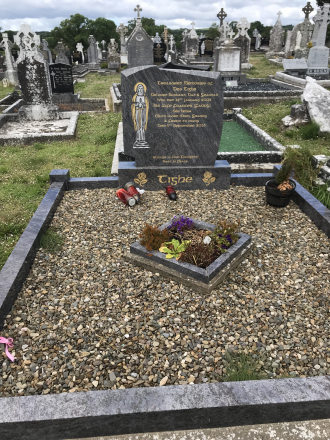




















Popular O'Hehir Biographies


























O'Hehir Death Records & Life Expectancy
The average age of a O'Hehir family member is 68.0 years old according to our database of 15 people with the last name O'Hehir that have a birth and death date listed.
Life Expectancy
Oldest O'Hehirs
These are the longest-lived members of the O'Hehir family on AncientFaces.


















Other O'Hehir Records
Share memories about your O'Hehir family
Leave comments and ask questions related to the O'Hehir family.
Followers & Sources

